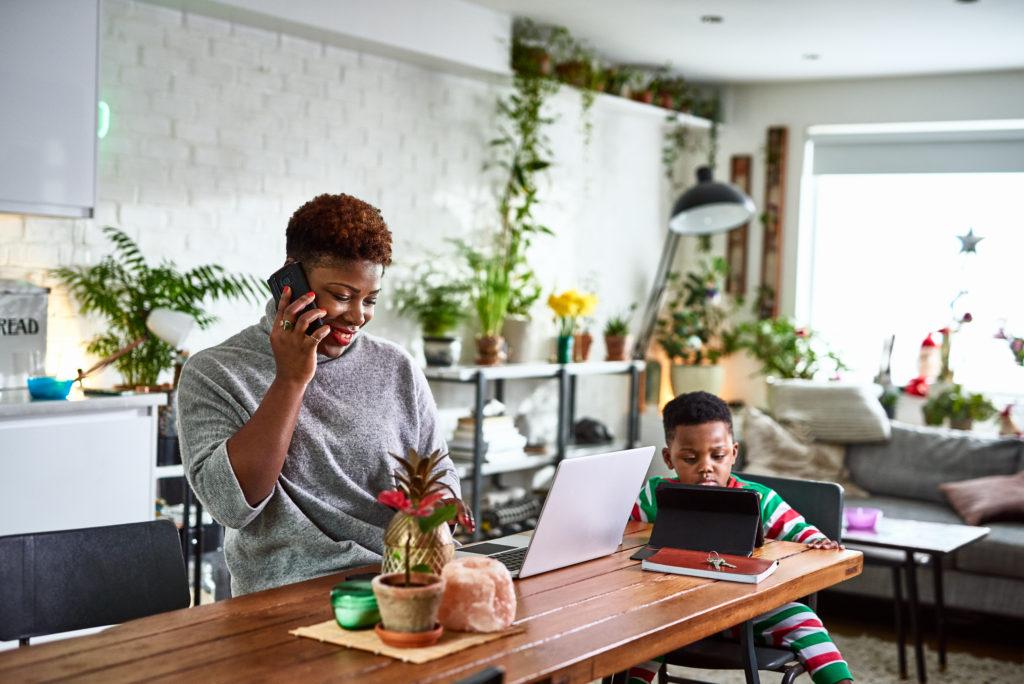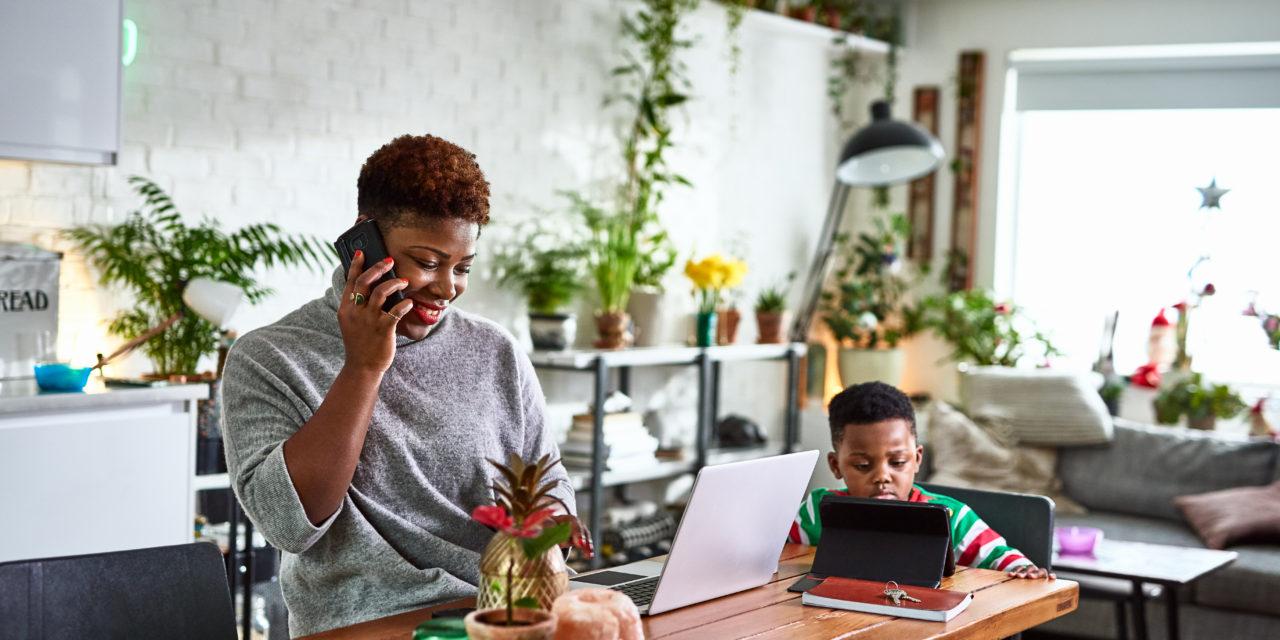
I have read ‘think-piece’ after ‘think-piece,’ and some very helpful checklists that have offered considerations and best practices for working remotely. As organizations and leaders across the globe respond to the impact of coronavirus, many have adopted telecommuting practices and policies to maintain business operations amid physical distancing guidance. For some entrepreneurs and organizations who have always operated in a virtual, remote environment (like The Winters Group), working from home isn’t necessarily “new,” but the implications and toll of coronavirus certainly add a layer of complexity and necessity for care.
[I would like to offer and name, here, the privilege it is to be able to work in a role and for an organization where you’re able to work remotely, maintain your workload and responsibilities without compromising your pay or job security. As we have seen in the media and/or experienced in our own families and networks, not everyone is afforded this privilege.]
As someone who is a full-time remote employee, I could (and will) offer a few tips for staying engaged and productive, but I have to be honest, that (even as someone who normally works from home) this period in time is different. The range of emotions we’re experiencing; emotional and mental implications due to physical distancing; the rapid influx of news, media, and updates; and the pressure associated with household or familial tasks (e.g. emergency grocery store runs, impact of school closings) all influence one’s creativity, engagement, and productivity. This is the reality, and a reality worth affirming and honoring ahead of any “checklist” for staying engaged as a “new” or experienced work from home employee.
The range of emotions we’re experiencing; emotional and mental implications due to physical distancing; the rapid influx of news; and the pressure associated with household or familial tasks all influence one’s creativity,… Share on XAs a leader, self-described creative, and mom to highly energized THREEnager, here are a few tips in my personal ‘toolkit’ for working from home during this time:
- Anticipate distraction and disruption. Let’s be real—whether it is your child(ren) or other family members, your social media feed, or calls and texts from friends and family, distractions are inevitable. Be kind and compassionate with yourself and about this reality.
Let’s be real—whether it is your child(ren) or other family members, your social media feed, or calls and texts from friends and family, distractions are inevitable. Share on X - Then… Be transparent, proactive and plan ahead. This means proactively communicating your reality with your teams and clients. If it is likely that you will experience disruption throughout the day, send a note to the individuals you’re planning to meet with during the week as a “heads up,” and thank them for understanding. If necessary, negotiate your work hours to accommodate your schedule (e.g. perhaps, around naps, bedtime, or other downtime hours). If you are someone who will not experience as much disruption as others, be open, empathetic, and understanding. As always, avoid casting judgement or minimizing the experiences of others just because their reality may be different from your own.
- Create social media boundaries. It would be impossible for me to tune all the way out from social media. As news and updates develop, I want to be in the “know” for my family and myself… and I also recognize boundaries are important. Try limiting yourself to a set amount of news articles (perhaps 2) or a specific time limit for engaging online and watching the news. Many phones have app timers to hold users accountable to meeting their productivity goals. Consider setting a time limit on your social media and news apps.
- TAKE A LUNCH BREAK—and a few mini breaks throughout the day. Get creative with how you use this time. Consider turning it into a virtual lunch break with friends (or colleagues), a FaceTime date, getting active by taking a walk or another form of physical activity, or shutting down the computer and spending the time with you, the kids, or simply… eating. On a normal workday, I have to remind myself to take a lunch—it’s become even more of an imperative recently.
- Block off “uninterrupted” work time. It occurred to me, this week especially, that I was overbooking my calendar with meetings, some that were previously scheduled/standing, and others that were in response to the coronavirus impact. By the end of my day, I realized I hadn’t set aside time to ideate, be creative, or work on projects. Try to carve out specific times for creating and ideating, block it off on your calendar, and apply your social media/news boundaries to this time period. Use this time to be less reactive and more proactive.
Try to carve out specific times for creating and ideating, block it off on your calendar, and apply your social media/news boundaries to this time period. Use this time to be less reactive and more proactive. Share on X - Engage with colleagues on non-work-related discussions. The reality is all of this can feel heavy. Consider using tools like SLACK or video conferencing apps to check-in and discuss things not related to work or COVID—like TV shows, books, GIF exchanges, family pictures, pet and kid drama, or whatever else comes to mind.
- Check in with others. Send a quick text or email telling those you know and care about that you’re thinking of them and simply checking-in. If you have the bandwidth and capacity, ask if there is something they need or a way that you can serve or support them. In my experience, there is something re-energizing about pouring into others.
Above all else, be good to yourself.
Above all else, be good to yourself. Share on X

















